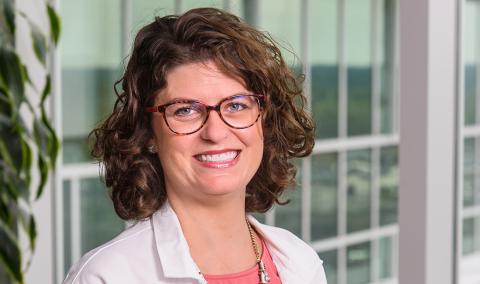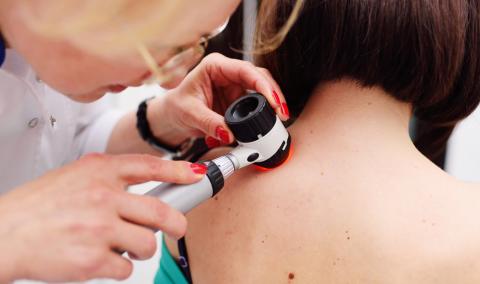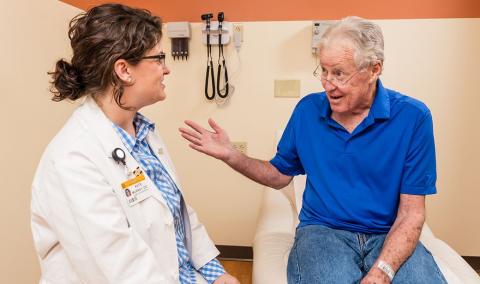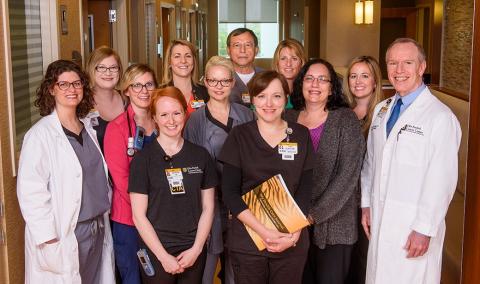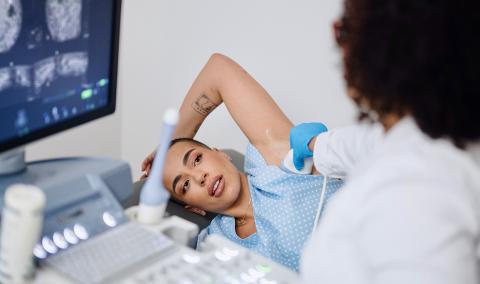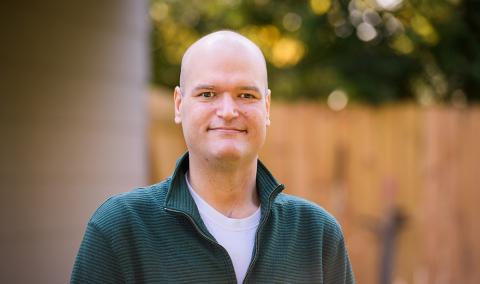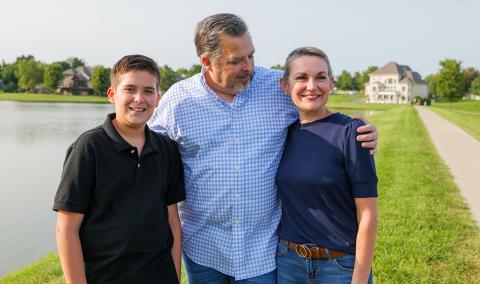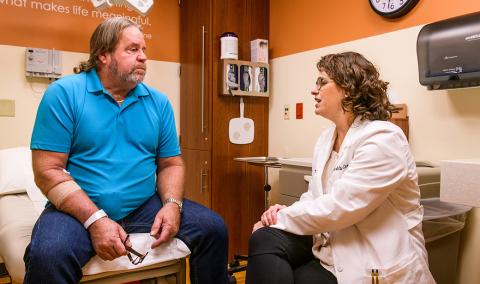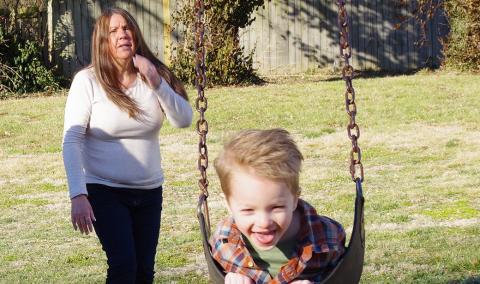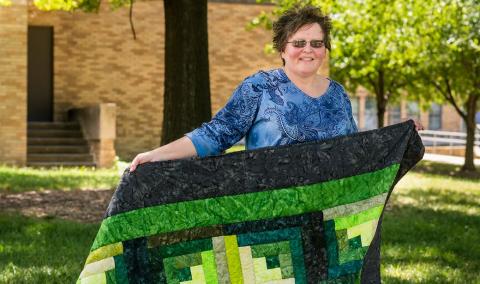When you choose University of Missouri Health Care for your cancer treatment, you choose one of the most specialized sarcoma treatment teams in Missouri.
MU Health Care's Ellis Fischel Cancer Center is home to the only orthopaedic oncologist in mid-Missouri who specializes in treating sarcomas and cancers that have spread from other parts of the body to the bones and soft tissues.
Highly specialized sarcoma treatment
Sarcomas are relatively rare types of cancerous tumors – doctors diagnose around 12,000 new soft tissue sarcomas and 3,000 bone sarcomas each year in the United States. For this reason, it's important to seek treatment from a highly specialized cancer treatment center and an academic health system who participates in sarcoma treatment.
At Ellis Fischel, our treatment team cares for adult and pediatric patients. Your cancer care team will include the only orthopaedic oncologist in mid-Missouri specializing in sarcoma treatment. Orthopaedic oncologists are leaders in sarcoma treatment because they have the special training needed to treat tumors affecting the bones and soft tissues.
Early detection of sarcomas
Like most cancers, early detection is important. Our doctors can most successfully treat sarcomas when they're found early. If you have a genetic condition such as neurofibromatosis, Gardner syndrome or Li-Fraumeni syndrome, your risk for sarcoma is greater. However, most sarcomas develop randomly.
Our cancer care team meets to provide each patient with an individualized treatment care plan. This team consists of orthopaedic oncologists, medical oncologists, radiation oncologists, interventional radiologists, bone and soft tissue pathologists and musculoskeletal radiologists, as well as multiple nursing supportive care staff. This team approach leads to high quality, coordinated patient care.
If you find an unexplained bump or lump on your body, contact your primary care provider. He or she will examine the bump and can refer you to our treatment team for further evaluation. The best way to determine if a mass is cancerous is through a biopsy. At MU Health Care, this is usually done either by the surgeon who uses a small incision or a special needle or by our interventional radiology physicians who use image guidance for deeper masses.
What to expect
The first goal of treatment is to remove the cancerous tumor. Surgery is the main treatment option. However, depending on the location, size, stage and type of tumor, your treatment plan might also include chemotherapy and radiation therapy.
Our team first focuses on limb sparing operative techniques to avoid amputation. This might include the use of special metal implants to replace the removed tissue, or using transplanted tissue to reconstruct the limb. In certain cases, a surgery team from multiple specialties operates on patients.
After this, we will help you recover through physical therapy. Physical therapy helps maximize your strength, mobility and function, improving your quality of life after treatment.
Continued surveillance and monitoring is important. Recurrence can occur both locally or distant to original mass. Generally, the risk of recurrence decreases over time.





